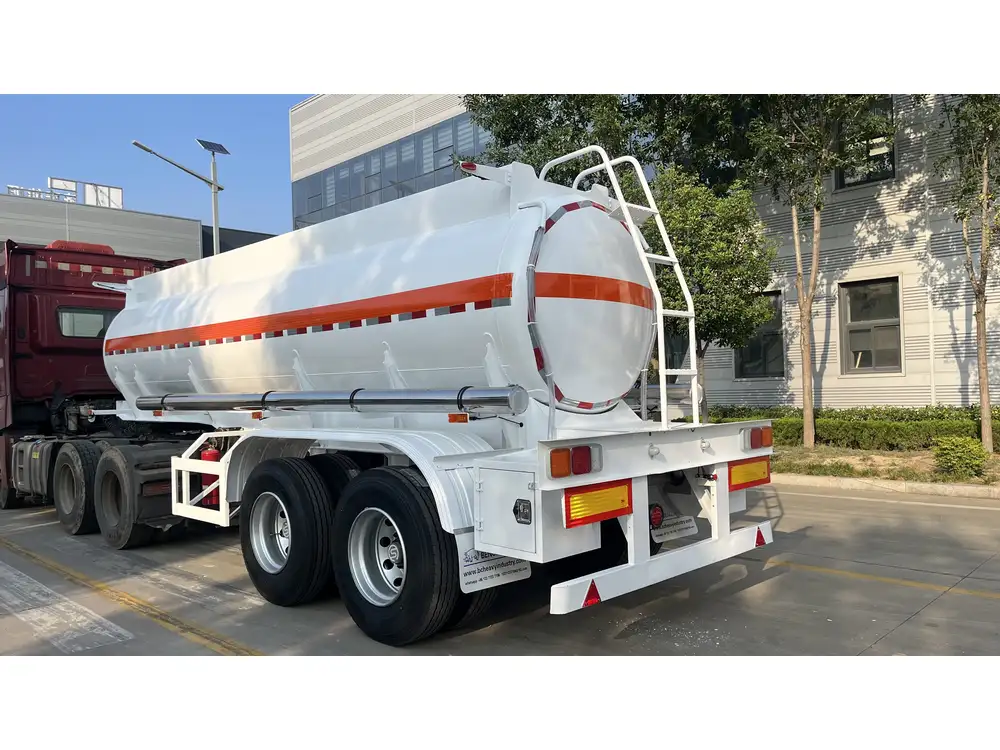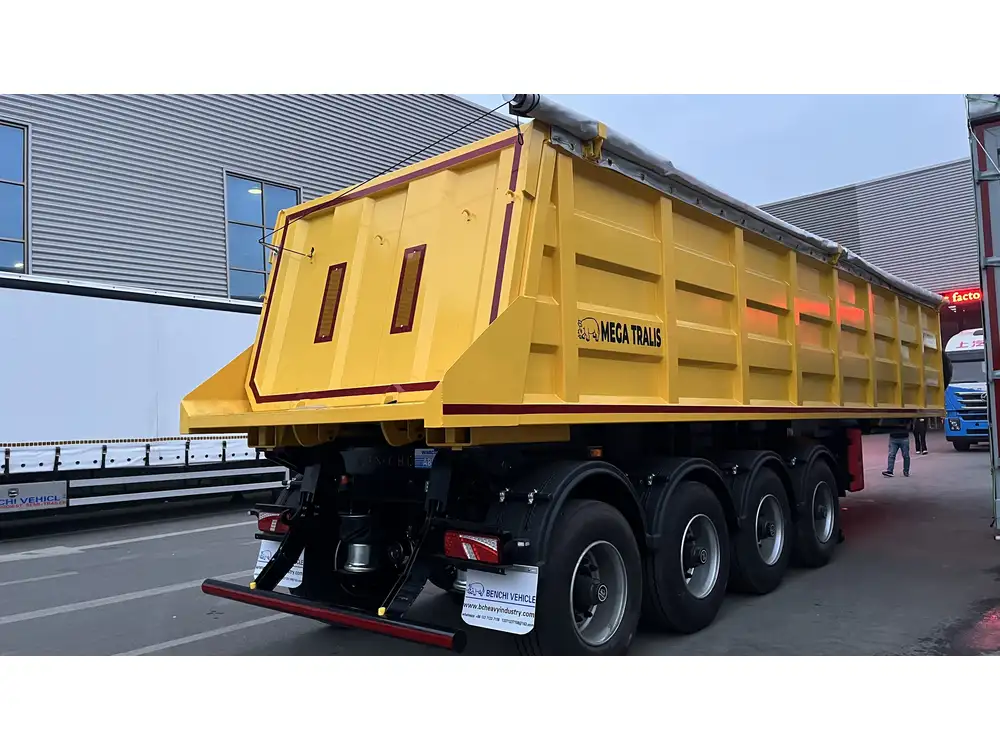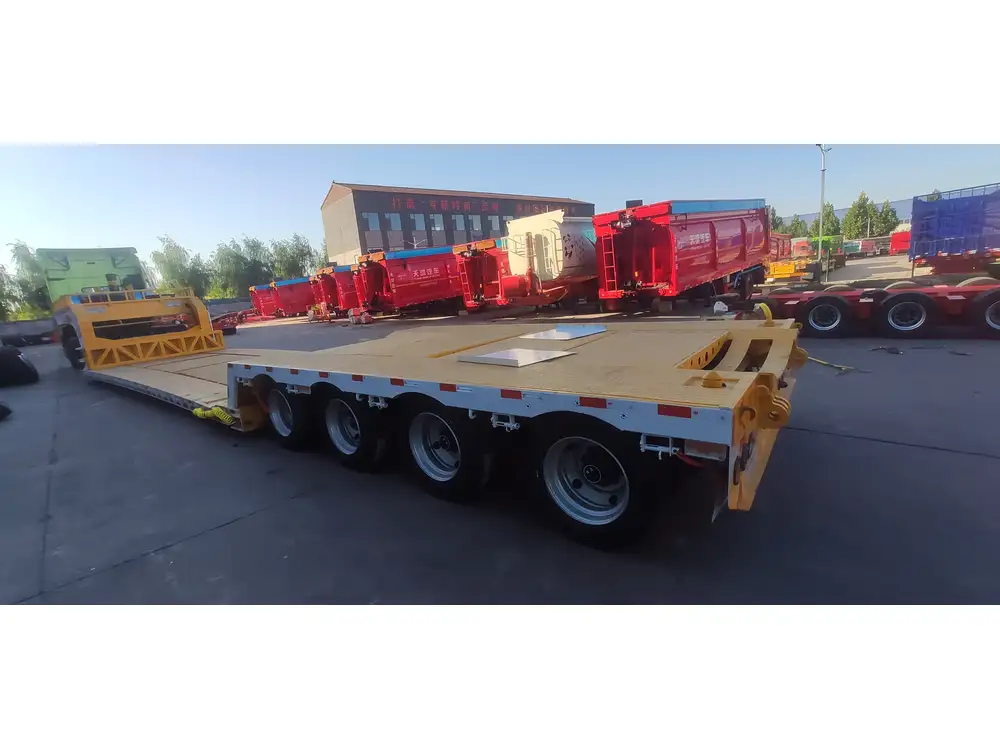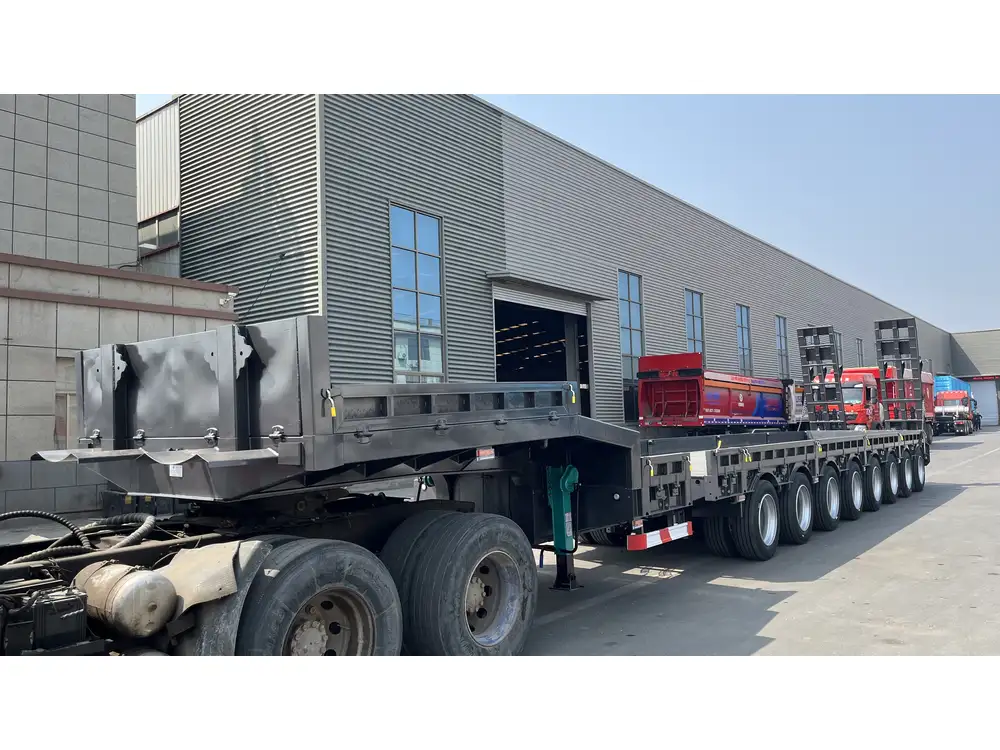Introduction
In the world of semi-trailers, ensuring the longevity and optimal performance of your equipment hinges significantly on the correct maintenance practices, starting with the right lubrication. Semi-trailer hubs, crucial components of heavy-duty transportation, require specific types of oil to function efficiently. Selecting the appropriate oil can mitigate wear, enhance load-bearing capabilities, and ultimately prolong the lifespan of your trailers. This guide will dissect the various types of oil suitable for semi-trailer hubs, outlining their specifications, benefits, and maintenance practices.
Understanding Semi-Trailer Hubs
Before we delve into oil selection, it’s essential to grasp the function of semi-trailer hubs. These hubs are pivotal in supporting the wheel assembly and ensuring the safe and smooth operation of the trailer. Their responsibilities include:
- Weight Distribution: Properly functioning hubs distribute the weight of the trailer evenly across the wheel axle.
- Rotational Support: Hubs allow for the rotation of the wheel assembly, facilitating movement.
- Braking Force Management: They play a role in the transfer of braking forces, critical for safe stopping.
Given these responsibilities, maintaining a high-quality lubrication regime is fundamental to their operation.

Types of Oil for Semi-Trailer Hubs
When considering what oil to use in semi-trailer hubs, several key factors come into play, including viscosity, type of oil, and manufacturer specifications. Here, we break down the top options:
1. Conventional Mineral Oil
Conventional mineral oils are derived from refining crude oil and are often used in standard applications. They provide adequate lubrication but may not be ideal for extreme conditions.
Pros:
- Cost-effective and widely available.
- Sufficient for low-load applications.
Cons:
- Limited thermal stability.
- May degrade faster under high temperatures.
| Aspect | Conventional Mineral Oil |
|---|---|
| Cost | Low |
| Temperature Range | Moderate (up to 120°C) |
| Usage | General applications |
2. Synthetic Oil
Synthetic oils, engineered for improved performance, exceed the capabilities of conventional oils. They are formulated to provide superior protection under high-stress conditions.
Pros:
- Excellent thermal stability across a broader temperature range.
- Enhanced lubrication qualities reduce wear.
Cons:
- Typically more expensive than conventional oils.
| Aspect | Synthetic Oil |
|---|---|
| Cost | High |
| Temperature Range | High (up to 180°C) |
| Usage | High-load and extreme conditions |

3. Semi-Synthetic Oil
Semi-synthetic oils blend synthetic and conventional oils, delivering a balance between performance and cost. They offer enhanced protection over standard mineral oils without the steep price tag of full synthetics.
Pros:
- Improved stability and wear protection.
- More affordable than fully synthetic options.
Cons:
- Not as high-performing as full synthetics under extreme conditions.
| Aspect | Semi-Synthetic Oil |
|---|---|
| Cost | Moderate |
| Temperature Range | Moderate to High |
| Usage | Suitable for mixed-load applications |
Viscosity Grades: The Importance of Choosing the Right One
Viscosity is a critical factor when selecting hub oil. It describes the oil’s thickness and its ability to flow at various temperatures. Selecting the appropriate viscosity grade ensures adequate lubrication, especially under heavy loads and varying temperatures.
SAE Viscosity Ratings
The Society of Automotive Engineers (SAE) provides viscosity ratings, commonly expressed as:
- Multi-Viscous Oils: These are recommended for varying temperatures and conditions (e.g., SAE 75W-90).
- Single-Viscous Oils: Optimized for specific temperature ranges (e.g., SAE 90).
Considerations:
- Operating Temperature: Evaluate the ambient temperatures where your semi-trailer operates to choose an oil that maintains a reliable viscosity throughout.
- Load Conditions: Heavy loads may require oils with higher viscosity ratings to avoid oil film breakdown.

Manufacturer Recommendations
Always consult the manufacturer’s lubrication guides for your specific semi-trailer model. Manufacturers often specify oil types and viscosity grades that align with the engineering requirements of the hubs and other components. Ignoring these guidelines can lead to premature wear and mechanical failure.
| Manufacturer Example | Recommended Oil Type | Viscosity Grade |
|---|---|---|
| Brand A | Full Synthetic | SAE 75W-140 |
| Brand B | Semi-Synthetic | SAE 80W-90 |
| Brand C | Conventional Mineral Oil | SAE 90 |
Best Practices for Hub Maintenance
Proper hub maintenance is essential for safety and efficiency. Implementing a regular maintenance schedule can preemptively address potential issues before they escalate.
1. Regular Inspections
Conduct visual inspections of the hubs for oil leaks, cracks, and signs of wear. Ensure the oil level is within the recommended range.

2. Oil Changes
Establish a routine oil change schedule based on either mileage or manufacturer recommendations. This practice ensures that contaminated oil, which can harbor dirt and moisture, is replaced with fresh lubricant.
3. Lubrication Techniques
- Manual Greasing: For hubs requiring manual grease application, ensure even distribution without overfilling.
- Automated Systems: If equipped, check the functionality of automatic lubrication systems regularly to ensure consistent delivery.
Troubleshooting Common Hub Issues
Understanding how to troubleshoot common hub problems can save significant time and costs. Below are some potential issues and their solutions:

1. Overheating Hubs
Symptoms of overheating include unusual wheel temperatures and smoking.
Solutions:
- Verify the type and viscosity of oil used.
- Check for oversized loads or mechanical binding.
- Inspect brake performance to ensure they aren’t dragging against the hub.
2. Excessive Wear
Notable signs include grooves or pitting on the hub surface.
Solutions:
- Ensure the oil is suitable for your operational conditions.
- Maintain a regular oil change schedule.
- Adjust load limits if necessary.
3. Oil Leaks
Leaks can occur due to seal failure or damage.
Solutions:
- Inspect seals for wear and replace as needed.
- Identify the source of the leak and address any damaged components.
- Regularly monitor oil levels to prevent severe lubrication loss.

Environmental Considerations
As awareness of environmental impacts rises, it’s critical to consider eco-friendly oils. Many manufacturers now offer biodegradable synthetic oils designed to minimize ecological footprints while still providing enhanced performance.
Biodegradable Oils
These oils decompose more easily in the environment, reducing the risk associated with spills. They are formulated to offer similar protective qualities as traditional oils.
Recycling Used Oil
Establish a protocol for recycling used oils during an oil change. Many regions have designated facilities for the proper disposal of used petroleum products.

Conclusion
In summary, selecting the right oil for your semi-trailer hubs is not a trivial matter; it directly influences the performance, safety, and longevity of your equipment. By adhering to manufacturer specifications, understanding the types of oils available, recognizing the importance of viscosity, and implementing rigorous maintenance practices, semi-trailer operators can optimize their operations and mitigate potential problems.
Investing time in maintaining your semi-trailer hubs will yield significant dividends in the long run, translating to smoother operations, enhanced safety, and cost-effectiveness. Whether you opt for conventional, semi-synthetic, or synthetic oils, the choice should align with your operational needs and environmental considerations. Stay informed, proactive, and diligent, and your semi-trailer hubs will sustain their reliability for many miles ahead.



